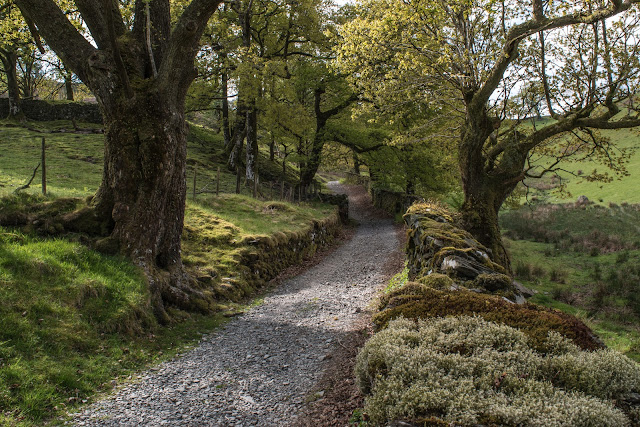Swallowtails at Strumpshaw Fen

Swallowtail butterflies are large, colourful butterflies that form the family Papilionidae. Swallowtails differ from all other butterflies in a number of anatomical traits. Most notably, their caterpillars possess a unique organ behind their heads, called the osmeterium. Normally hidden, this forked structure can be everted when the caterpillar is threatened, and emits smelly secretions containing terpenes. The adults are often tailed like the forked tail of some swallows, giving the insect its name. During the 20th century, especially after the Second World War, fen land management ceased and much of this butterfly’s habitat was lost. Today active management of the fen land, where reed and sedge are cut to allow other plants to grow, plays an important part in the survival of the swallowtail in Norfolk. With this continued fen land management, the future for the swallowtail looks brighter. On our visit to Strumpshaw Fen, we expected to have to search around fo...



